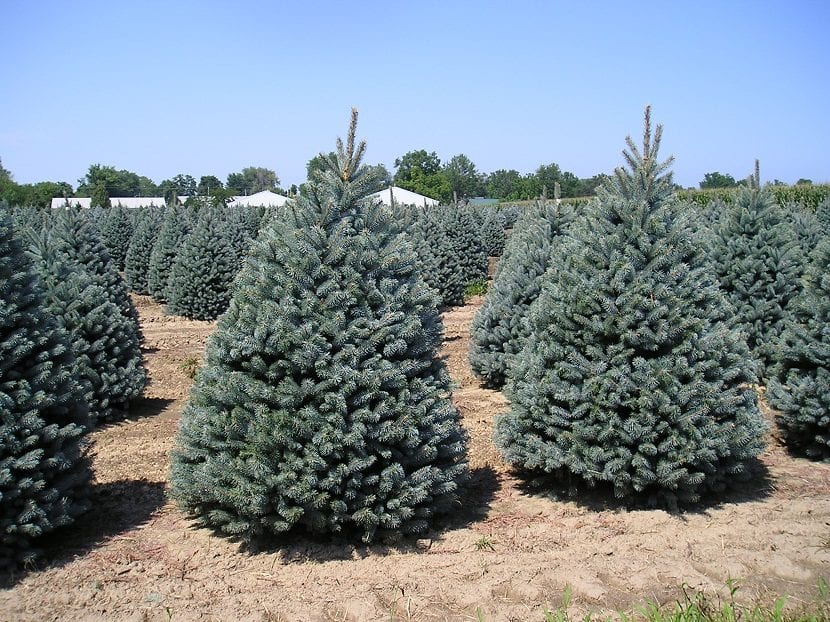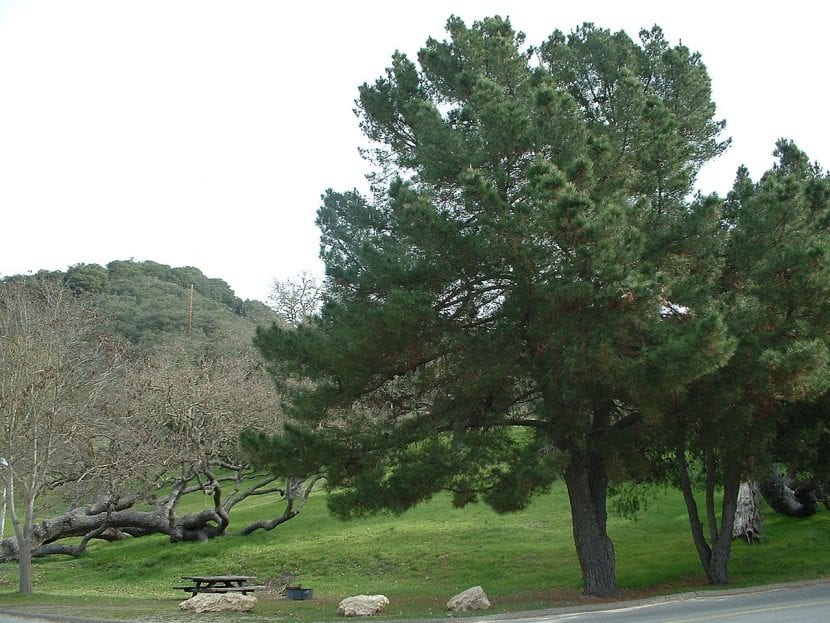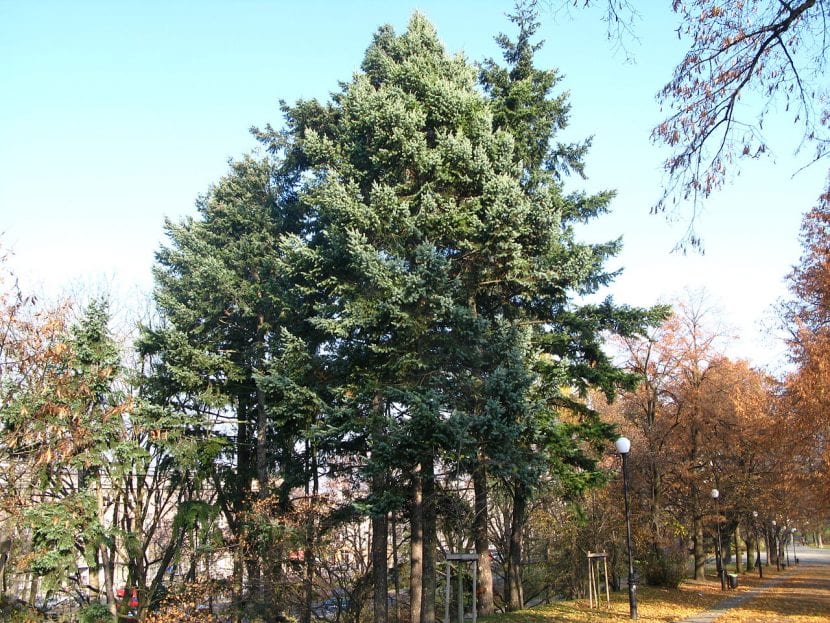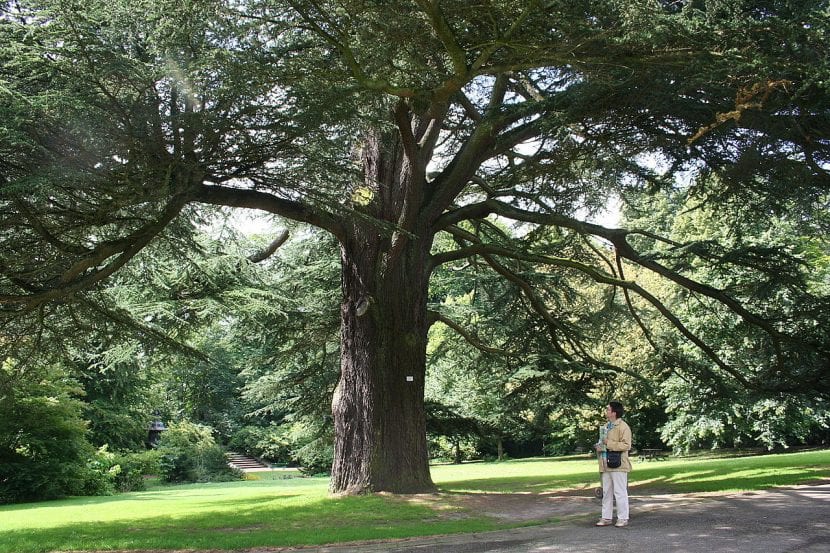
When we start to investigate plants and their world, we realize how important it is to know some scientific terms, since thanks to them we will be able to investigate more and, therefore, learn more about them. One of those buzzwords is abetáceos.
What are abietáceos? As you can guess from the image, they are closely related to conifers, but what are their characteristics?
What is a biosimilar

Conifers are some of the most primitive plants; in fact, they appeared long before ornamental and fruit trees. So much so that fossil remains dating from about 300 million years ago, from the Carboniferous period, have been found. All of them have very similar characteristics, but the truth is that not all of them are abietáceas.
To make it easier to understand what abietáceans are You should know that this word is the one that was used before to talk about the plants that belong to the current botanical family Pinaceae, which includes these genres:
- Pinus - pines
- Spruce - Spruce
- Catthaya
- Larix - larches
- Pseudotsuga - Douglas firs
- Abies - firs
- Cedrus - cedars
- Keteleeria
- nothotsuga
- Pseudolarix - golden larch
- Tsuga
What are their characteristics

Abietáceans are trees - rarely shrubs - that grow from 2 to 100 meters in height. They are generally evergreen, except for Larix and Pseudolarix which are deciduous, resinous, with suboposed or whorled branches arranged in a spiral. The leaves are linear, needle-shaped.
The female cones are large and woody, 2 to 60cm long, with two winged seeds on each scale. The males are 0,5 to 6cm long, dropping shortly after pollination.
What care do you need?

If you want to have a copy, we recommend that you provide it with the following care:
- Climate: temperate to temperate-cold.
- Location: in full sun or in semi-shade. Plant at a minimum distance of 10 meters from pipes, paved floors, etc.
- Earth: It will depend a lot on the specific species, but generally they grow in land with good drainage, slightly acidic and fertile. Many Pinus (halepensis, pineapple, among others) grow without problems in calcareous soils.
- Irrigation: 3-4 times a week in summer, somewhat less the rest of the year.
- Multiplication: by seeds in autumn.
- Rusticity: It depends, but all of them endure -and need- winter frosts. They are not plants that can be grown in hot tropical climates.
What did you think of this article?